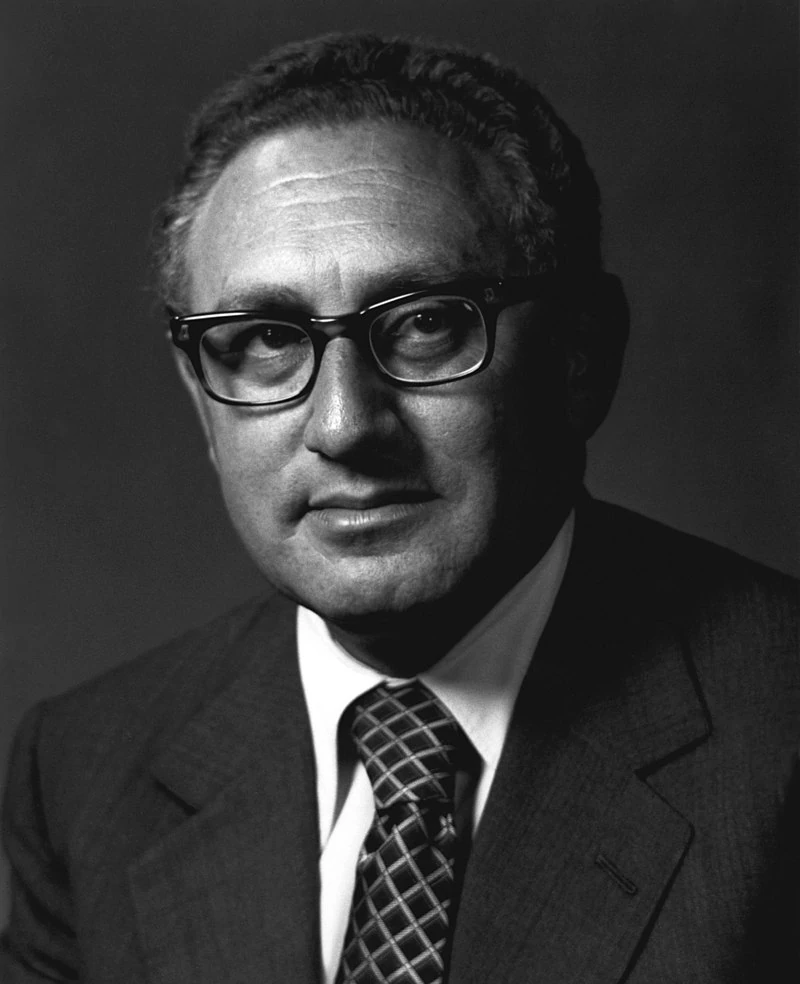
Henry Kissinger was known for being an uber-perfectionist politician, especially when it came to writing speeches.
He believed every word in a speech counted and didn’t consider one done until it was revised 20 times.
He also demanded the same level of perfection from his staff and colleagues.
Here’s the story of Ambassador Winston Lord handing Kissinger a report (from Walter Isaacson’s book Kissinger: A Biography):
One oft-told tale about Kissinger . . . involved a report that Winston Lord had worked on for days.
After giving it to Kissinger, he got it back with the notation, “Is this the best you can do?”
Lord rewrote and polished and finally resubmitted it; back it came with the same curt question.
After redrafting it one more time―and once again getting the same question from Kissinger―Lord snapped, “Damn it, yes, it’s the best I can do.”
To which Kissinger replied: “Fine, then I guess I’ll read it this time.”
The lesson from Kissinger is that everyone inherently puts self-inflicted psychological barriers on doing their best work.
This is probably why experienced bodybuilders need training coaches to push them to lift heavier weights.
But most times, those psychological barriers can be broken or at least raised to a higher level.
How to use this mental model
The next time you want to motivate someone and help them stretch their capabilities, ask them, “Is this the best you can do?”
Note: This is an anecdote from Walter Isaacson’s book, Kissinger: A Biography [image source].
This is an excerpt from “Mental Models for Effective Managers.”
